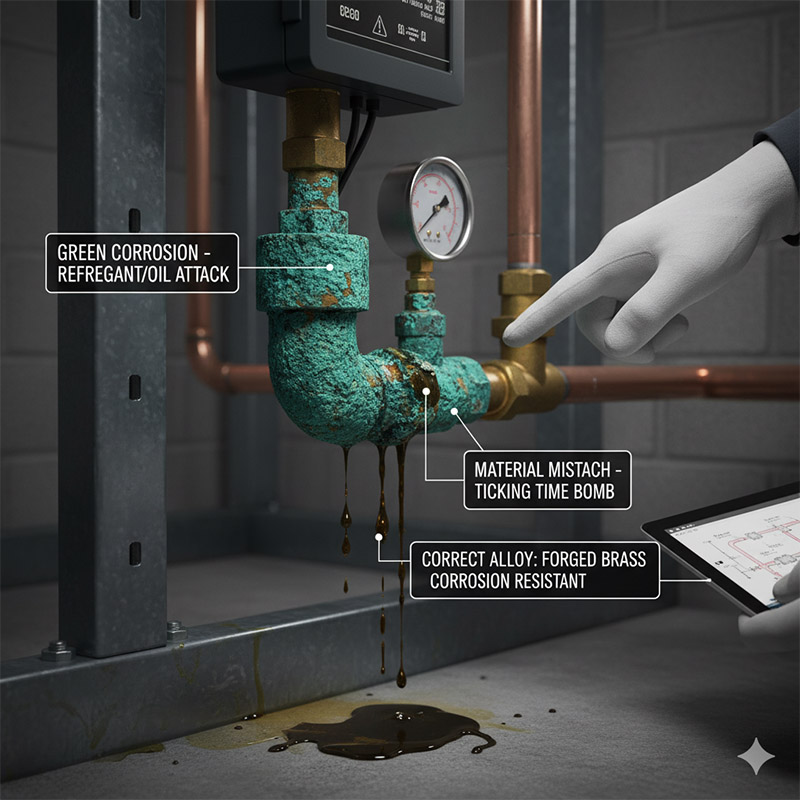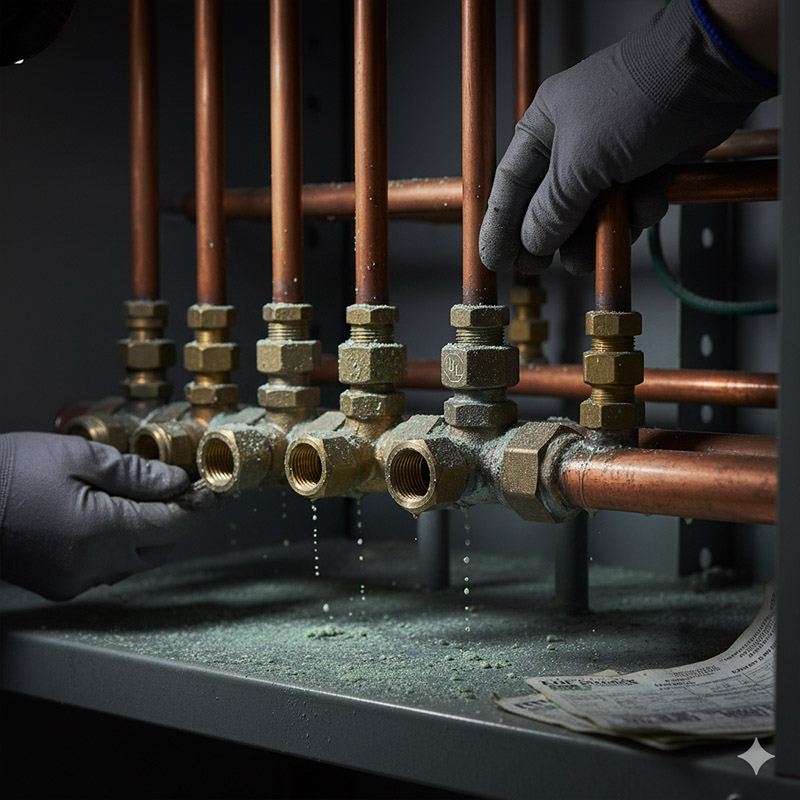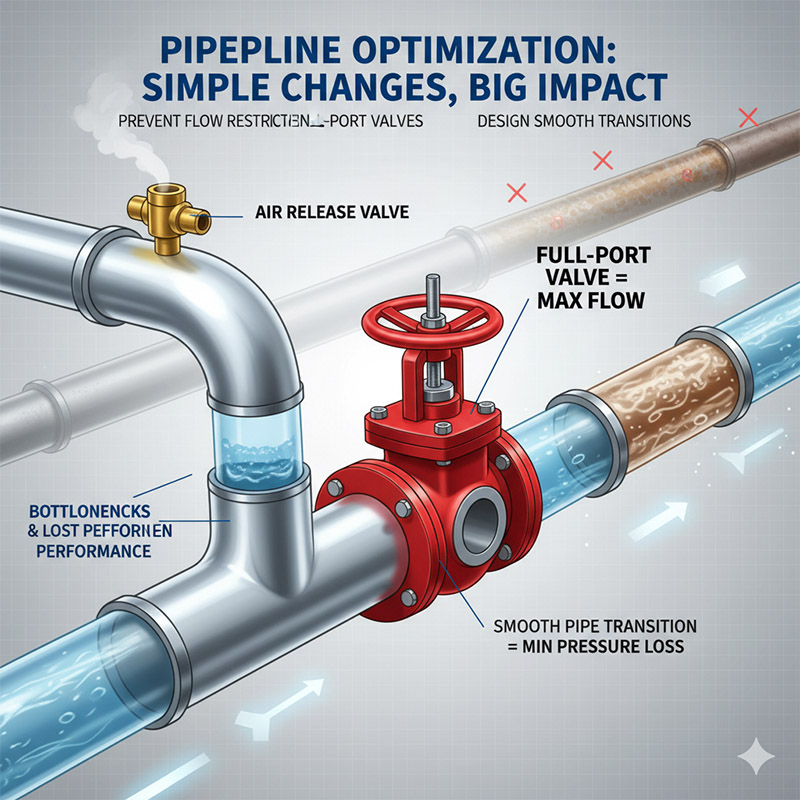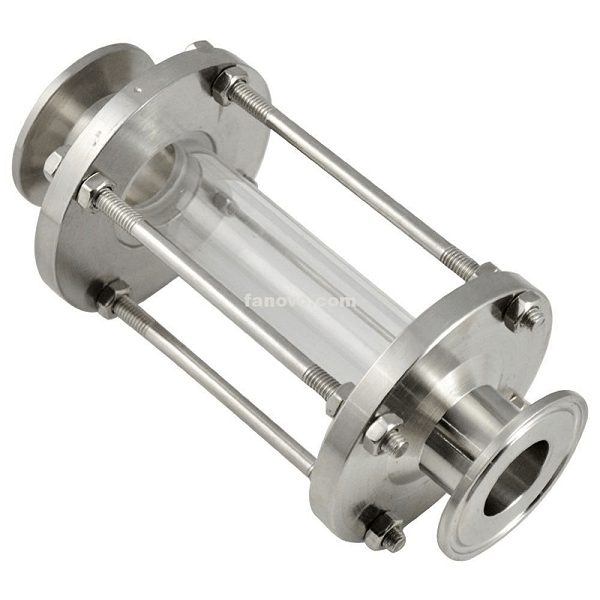How Do You Choose the Right Valves and Fittings for HVAC & Refrigeration Systems?
Your HVAC system is underperforming, and you find a tell-tale oily residue near a fitting. A slow refrigerant leak is wasting energy, harming the environment, and heading toward a costly failure.
To choose correctly, you must match materials to refrigerants, select pressure ratings that exceed system spikes, and use certified connection types like flare or brazed joints designed for high-vibration, leak-proof performance.

I have a good friend who runs a small chain of convenience stores. A few years ago, he called me in a panic. The main walk-in freezer at his busiest location had failed overnight. The culprit? A tiny, corroded service valve that finally gave out. He lost over ten thousand dollars in ice cream, meat, and other frozen goods. The replacement part cost less than fifty dollars, but the damage was done. This taught me that the principles of reliability are universal. Whether it's a giant industrial mold or a commercial freezer, the system is only as strong as its weakest component. In HVAC and refrigeration, the valves and fittings are the gatekeepers that hold everything together. Choosing them isn't a minor detail; it's the foundation of a reliable system.
Can the Wrong Material Cause a Catastrophic Refrigerant Leak?
You picked a standard brass fitting for a new system. Now, just months later, it's showing green corrosion, a sign that the refrigerant's oil is attacking the metal.
Yes, a material mismatch is a ticking time bomb. Modern refrigerants and their synthetic oils can be aggressive. You must use specific alloys, like forged brass or copper, that are chemically proven to resist this corrosion.

As a designer, Jacky, you know how critical material selection is for plastics in electronics. The same deep thinking applies here. The metal isn't just a conduit; it's part of a chemical system. The game changed when we moved to newer refrigerants like R-410A and R-32. They operate at higher pressures and are often mixed with POE (polyolester) oils. These oils are fantastic lubricants for the compressor, but they can be aggressive toward certain materials, including some traditional yellow brass alloys and types of rubber seals. This can lead to a phenomenon called "stress corrosion cracking." The fitting looks fine, but microscopic cracks form and expand until it eventually fails. That's why HVAC-specific components made from forged brass (like C37700 alloy) and seamless copper tubing are the industry standard. They are engineered to live in this harsh chemical environment for decades without breaking down.
Material Choices for Modern Refrigerants
| Material | Primary Use | Strengths | Weaknesses |
|---|---|---|---|
| Forged Brass (C37700) | Valves, flare nuts, adapters | Resists corrosion from POE oils, high strength | Higher cost than standard brass |
| Copper (Seamless) | Refrigerant lines (tubing) | Excellent thermal transfer, easy to bend/braze | Can be damaged if kinked or dented |
| Stainless Steel | Niche industrial applications | Extreme strength and corrosion resistance | Very high cost, harder to work with |
Is Your Fitting's Pressure Rating Just a Number, or a Real Safety Guarantee?
The system's operating pressure is 400 PSI, so you chose a fitting rated for 500 PSI. But during a hot-day startup, a pressure spike blew the connection apart.
That number is only useful if it accounts for system dynamics. HVAC pressures spike dramatically during startup and on hot days. A reliable fitting must have a burst pressure rating many times higher than the working pressure.

One of the biggest mistakes I see is looking only at the static, or normal operating, pressure. An HVAC system is a living, breathing thing. When the compressor kicks on, it's like a small, controlled explosion of pressure. This instantaneous rise can be far higher than the steady-state reading on your gauges. On a very hot day, the pressure inside a dormant R-410A system can rise significantly before it even turns on. A component's pressure rating must be high enough to handle these worst-case scenarios without fatigue. This is why connection type is just as important as the material. A flare fitting, for example, creates a robust metal-to-metal seal by deforming the copper tube against the fitting. This makes it incredibly resistant to both pressure spikes and the constant vibration from the compressor, which can loosen other types of joints over time.
Choosing the Right Connection for the Job
| Connection Type | How It Seals | Best For | Key Consideration |
|---|---|---|---|
| Flare (SAE 45°) | Metal-to-metal compression | High-pressure, high-vibration areas | The flare must be made perfectly |
| Brazed (Solder) | Fused metal joint | Permanent, leak-proof connections | Requires skill and heat; not serviceable |
| Compression | Ferrule bites into tube | Low-pressure water lines (condensate) | Not suitable for high-pressure refrigerant |
Are Uncertified Parts Silently Sabotaging Your System's Performance?
Your system is running constantly and energy bills are climbing. You can't find a major leak, but the refrigerant level is slowly dropping, likely from dozens of tiny weeps in cheap, uncertified fittings.
Yes, uncertified parts are a huge risk. A certification like UL means the part has been independently tested for leak integrity, pressure handling, and material quality, ensuring it performs to a verifiable standard.

We would never use an uncertified power supply in consumer electronics, right? The risk of fire or failure is too great. The same logic applies here. When you see a UL or SAE mark on an HVAC fitting, it's not just for show. It's a guarantee that the part has survived a brutal series of tests. Underwriters Laboratories (UL), for example, will test a valve to many times its rated pressure to ensure it won't burst. They test for "fugitive emissions," which are the tiny, almost immeasurable leaks that add up over time. They verify the material composition. Buying a certified part is like buying an insurance policy. It's your proof that the component was designed and built to handle the specific stresses of an HVAC environment. Using non-certified parts is a gamble where you are betting your system's efficiency, your refrigerant cost, and your reputation on an unknown.
Understanding Key HVAC Certifications
- UL 207 (Refrigerant-Containing Components): This is the gold standard. It means the component has been rigorously tested for construction, material compatibility, strength (burst pressure), and leak tightness specifically for use with refrigerants.
- SAE J513 (Refrigeration Tube Fittings): This standard from the Society of Automotive Engineers dictates the specific dimensions, materials, and performance requirements for flare fittings, ensuring interchangeability and reliable sealing.
| Certification | What It Guarantees | Why It Matters for You |
|---|---|---|
| UL 207 | Safety, leak-proof design, material specs | Prevents catastrophic failures and slow leaks. |
| SAE J513 | Correct dimensions and high-pressure performance | Ensures fittings from different brands can connect properly. |
Conclusion
Choosing the right HVAC valves and fittings protects your investment. By focusing on correct materials, robust pressure ratings, and verified certifications, you ensure a safe, efficient, and leak-free system.








